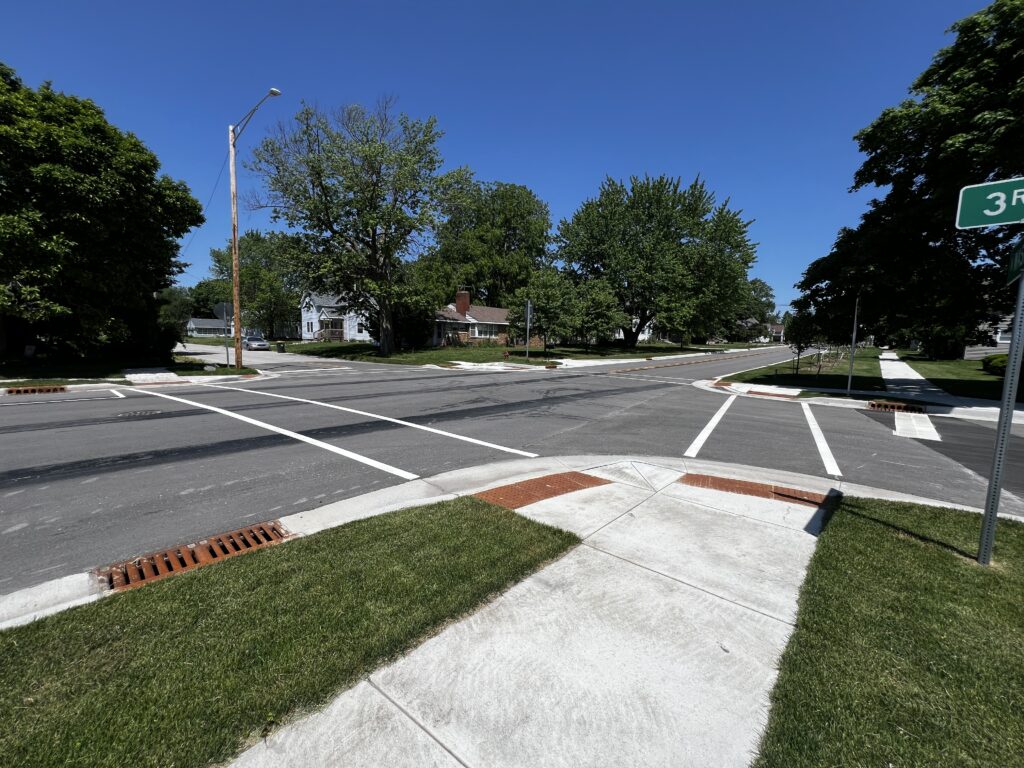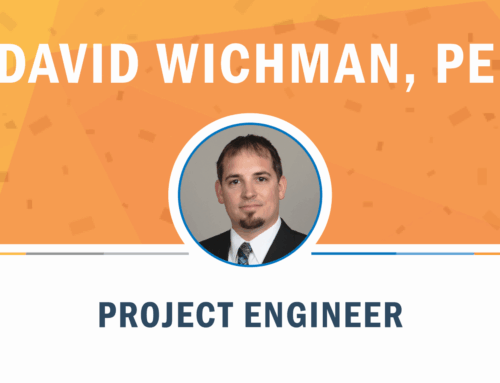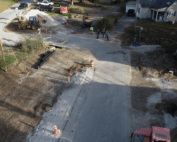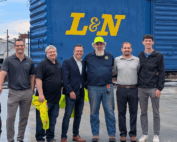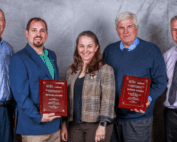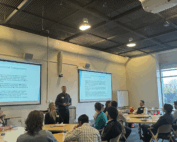In today’s dynamic municipal environments, roadway infrastructure must do much more than simply move vehicles from point A to point B. Communities increasingly expect streets that are resilient, multimodal, sustainable, and safe for all users. As municipalities across the Midwest invest in reconstructing aging corridors, modern roadway design strategies are providing opportunities to deliver lasting benefits beyond the pavement surface.
Prioritizing Durability: Building Streets to Last
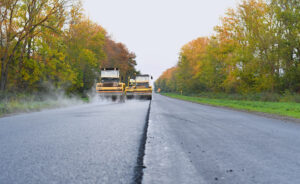
In reconstructing critical roadways, resilience begins beneath the surface. Replacing worn pavement with full-depth HMA sections supported by robust aggregate bases ensures long-term structural integrity even under heavy traffic volumes. Many communities are adopting deeper aggregate bases and thicker surface courses to prolong service life, reduce maintenance costs, and better resist the freeze-thaw cycles typical in Illinois and the surrounding region.
Incorporating durable materials and construction methods, such as full-depth reclamation where feasible, also supports sustainability goals by reducing waste and reusing existing materials whenever practical.
Designing for All Users: Multimodal Integration
Today’s roadway reconstruction projects must balance the needs of motorists, cyclists, and pedestrians alike. Strategic design alternatives—such as dedicated bike lanes, multi-use paths, shared-use accommodations, and wider sidewalks—are crucial to enhancing community mobility options.
For corridors that previously prioritized only vehicle traffic, integrating safe bicycle facilities and improving pedestrian access is transformative. These improvements not only promote healthier lifestyles but also help municipalities align with regional bicycle and pedestrian plans, increasing eligibility for federal and state funding sources.
“When we rebuild a roadway, we’re not just laying pavement—we’re strengthening the everyday lives of the people who use it. By listening to the community and designing for durability, safety, and accessibility, we help create streets that serve everyone, for the long term.”
—Antonio Acevedo, PE, Transportation Team Leader, Clark Dietz
Enhancing Safety through Thoughtful Engineering
Intersections and corridor stretches with historically high crash rates demand focused safety enhancements as part of any roadway upgrade. Signal timing adjustments (such as protected left-turn phases), geometric refinements (like offset left-turn lanes), and improved signage and pavement markings can significantly reduce the likelihood of crashes.
Embedding safety into the design process from the outset—not just for drivers but for pedestrians and cyclists as well—is fundamental to creating complete streets that serve every member of the community.
Managing Stormwater Effectively
Road reconstruction offers an important opportunity to modernize stormwater infrastructure. Upgrading lateral storm sewers, curb inlets, and drainage structures during street reconstruction helps mitigate localized flooding, protect water quality, and extend the lifespan of the new pavement.
Designing efficient drainage systems also complements broader community sustainability initiatives, making infrastructure investments even more valuable over the long term.
Committing to Accessibility and Community Engagement
Roadways must work for everyone. Upgrading sidewalks and curb ramps to meet current ADA standards during reconstruction projects ensures full accessibility and inclusivity. At the same time, meaningful public engagement throughout the project lifecycle—from planning to construction—helps communities shape outcomes that meet residents’ needs and build lasting support.
Listening to community voices, particularly in projects impacting residential neighborhoods, creates better designs and fosters a sense of ownership and pride in the final result.
At Clark Dietz, we believe that a well-planned, resilient roadway is a backbone for a thriving community. By integrating durability, multimodal design, safety enhancements, sustainability, and public involvement into every project, municipalities can transform infrastructure investments into lasting assets that serve generations to come.
